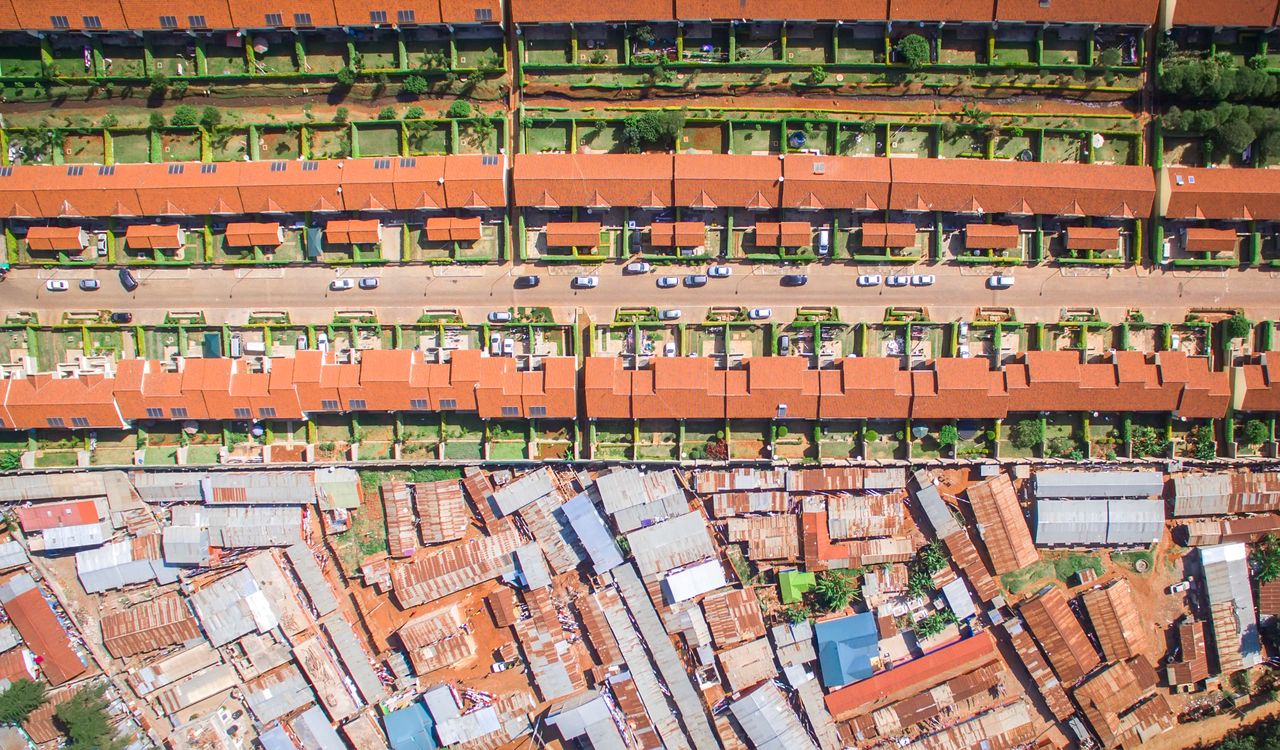A few years ago, Johnny Miller got a drone.
The photographer was studying anthropology at the University of Cape Town in South Africa and used his drone to take a video of him and his friends hiking local Table Mountain. Watching the footage he shot, Miller was stunned at how an aerial view gave him a completely different perspective on an area he’d looked at dozens of times.
“That was the moment when I realized that the drone had this ability and this power to make you see things very differently,” he told HuffPost. “And I wondered if you could look at social issues the same way.”

Miller, who, at the time, felt unsatisfied with both his photography and his level of activism, suddenly saw an opportunity to “have a unique voice that he could broadcast into the world” using his camera and his drone.
“To me, I was either going to be a picture taker being paid by somebody else and that’s what I was going to do for the rest of my life, or I was going to go out on a limb and try to say something to the rest of the world that I really believed in,” he said.
The choice was obvious for Miller, and he quickly began to conceptualize a way to capture how income inequality physically manifests on the earth itself ― particularly in South Africa, where state-sanctioned racial segregation during apartheid led to striking geographical boundaries between the rich and the poor that remain today.
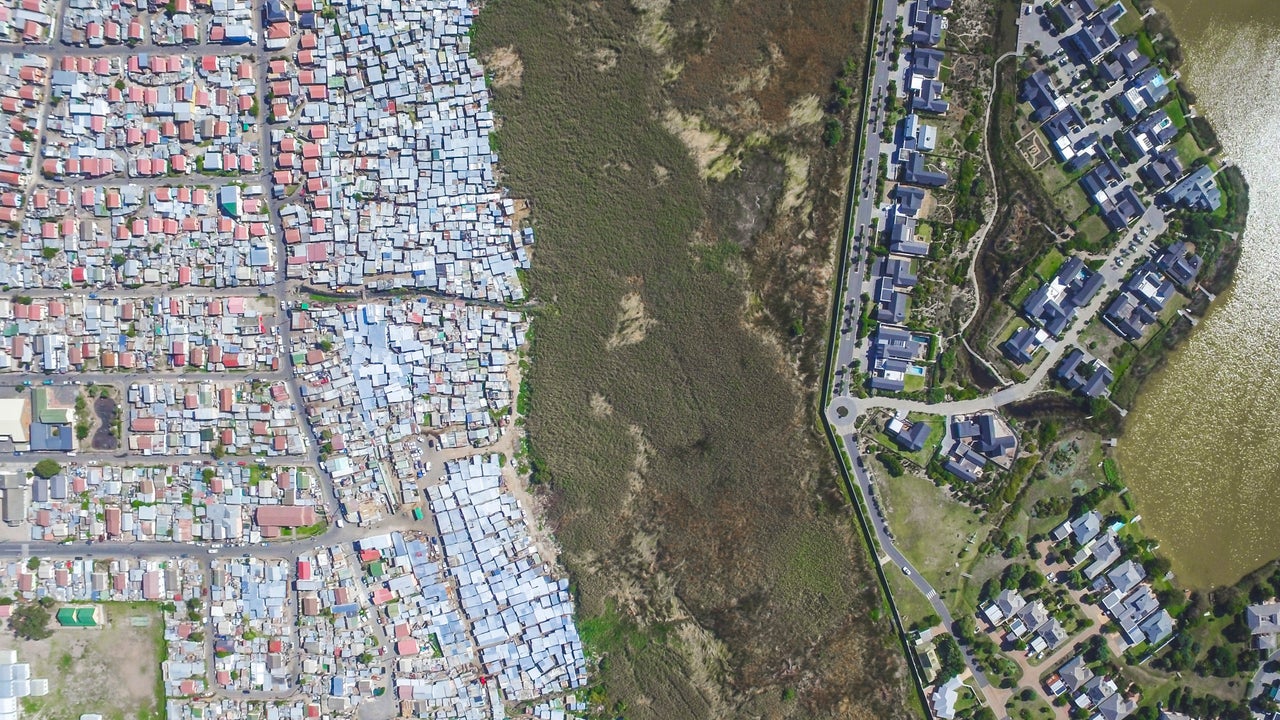
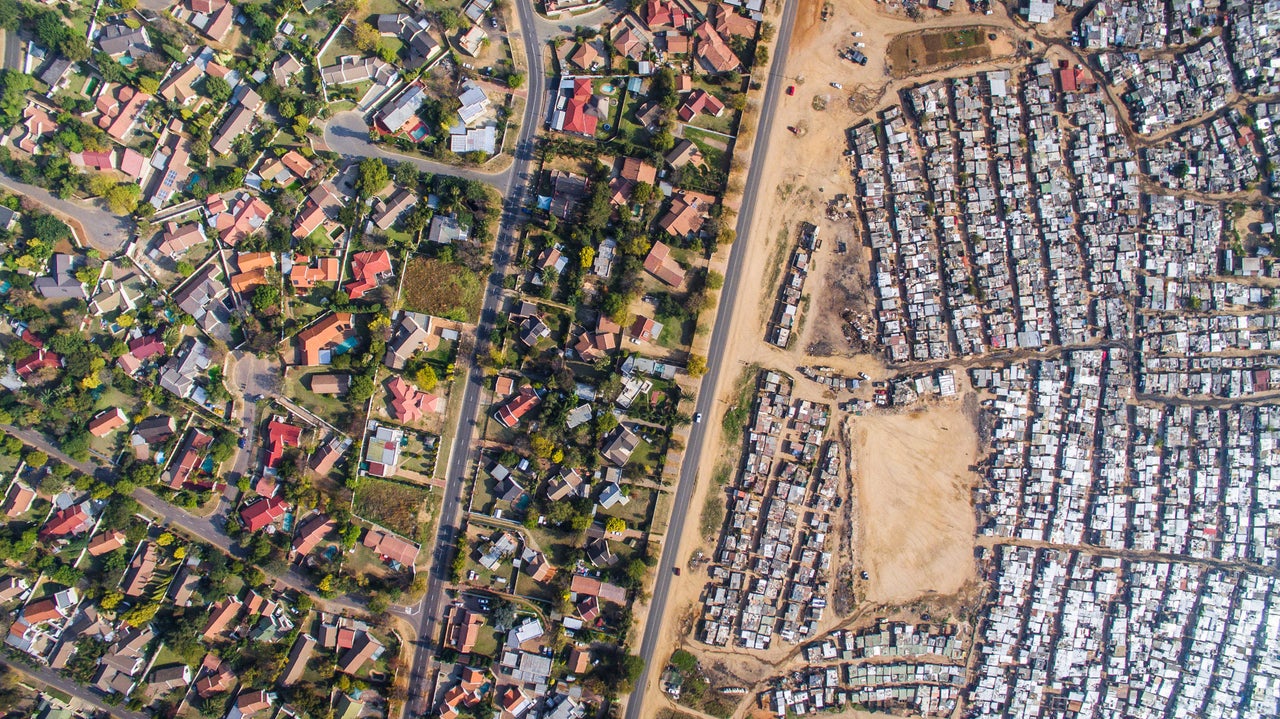
“I wanted people to see that divide from a new perspective,” he said. “I wanted to disrupt that sense of complacency that I felt and that I knew a lot of privileged people in Cape Town feel.”
The African images would become part of a three-year exploration of income inequality across the world ― investigated from far above it. Miller called the series “Unequal Scenes.”
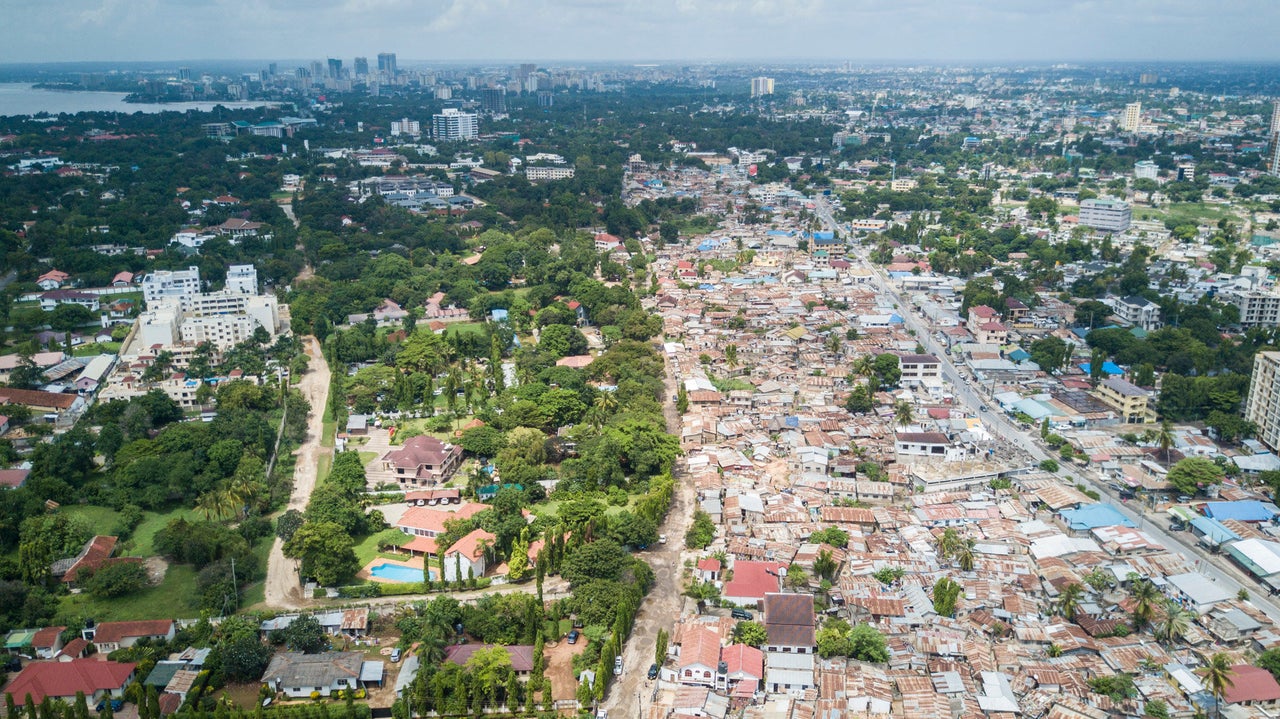
“Drone photography affords people a new perspective on places they ‘thought’ they knew,” Miller said. “Humans have this amazing ability to ‘think’ we know a situation, having seen it so many times from the same perspective. When you fly, you totally change that.”
Given the country’s history of apartheid, South Africa’s socioeconomic divisions are also racial divisions by design. So Miller wanted to see if such striking geographical demarcations between the rich and poor exist in cities that may not have the intentional and institutional divisions that had been specifically created based on race.
Using population data and Google Maps to identify locations that could illustrate economic disparities, he traveled to cities such as Mumbai, India; Nairobi, Kenya; and Mexico City to capture areas where places touched by wealth and opportunity lie shockingly close to city slums and underserved neighborhoods.
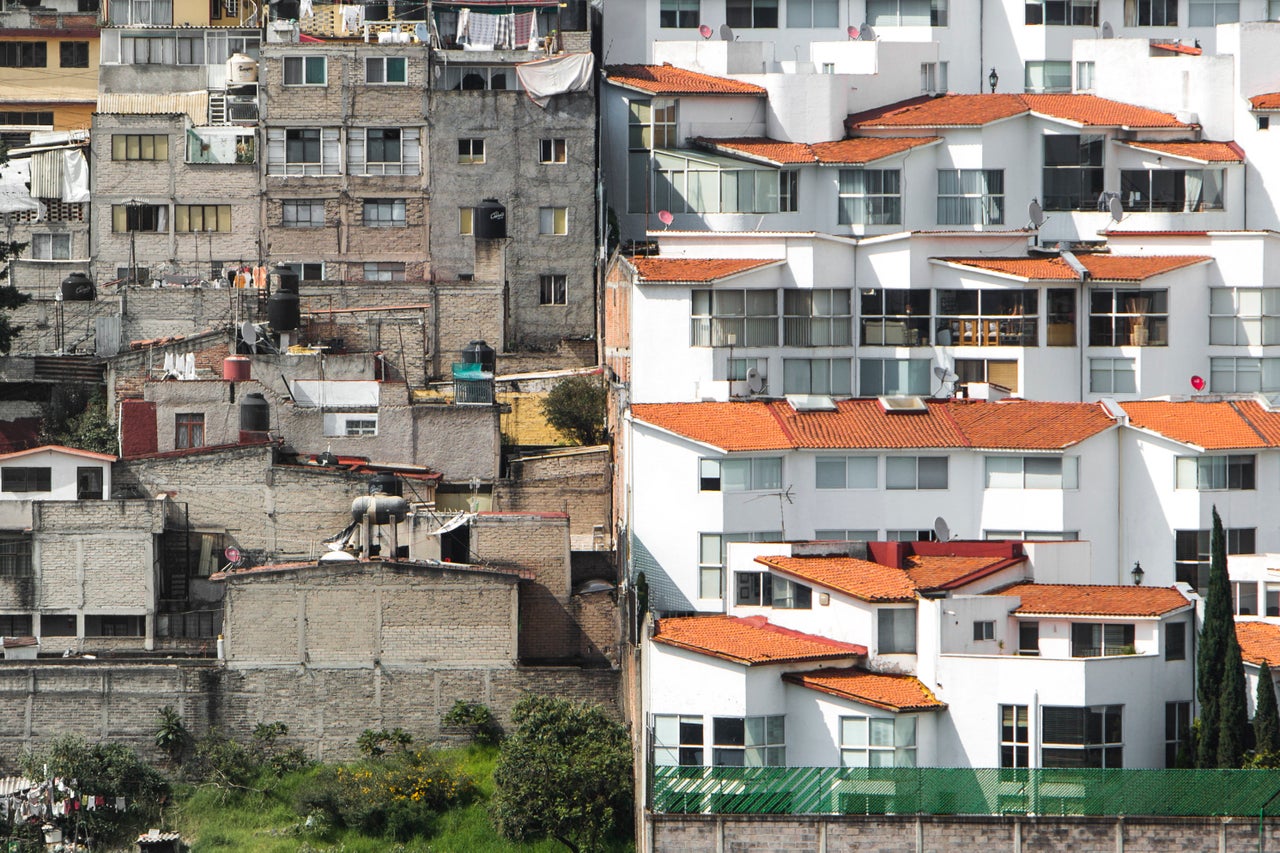
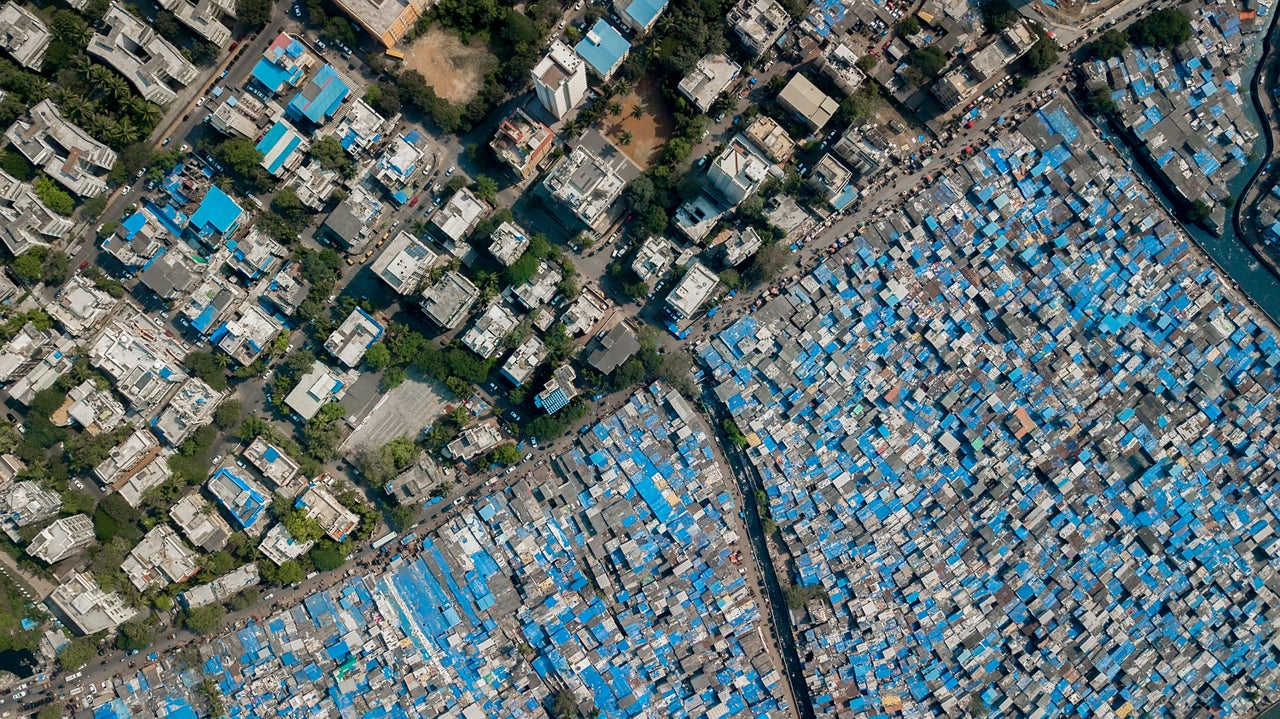
Next, Miller wanted to take the project home to the United States, where “social mobility, by a lot of measures, doesn’t exist to the degree people think it does,” he said. With grants from Code for Africa and the International Center for Journalists, he traveled to cities including Seattle; Los Angeles; San Francisco; Detroit; Baltimore; and Richmond, Virginia, to take photographs with a drone.
But the way income inequality manifests in the United States was harder to show in such striking terms. From an aerial view, the landscapes themselves didn’t contrast as strongly as they did in images throughout other parts of the world.
Still, Miller was able to find some dividing lines in cities such as Seattle, where tent cities for the homeless exist alongside the gentrified fruits of a booming tech industry.
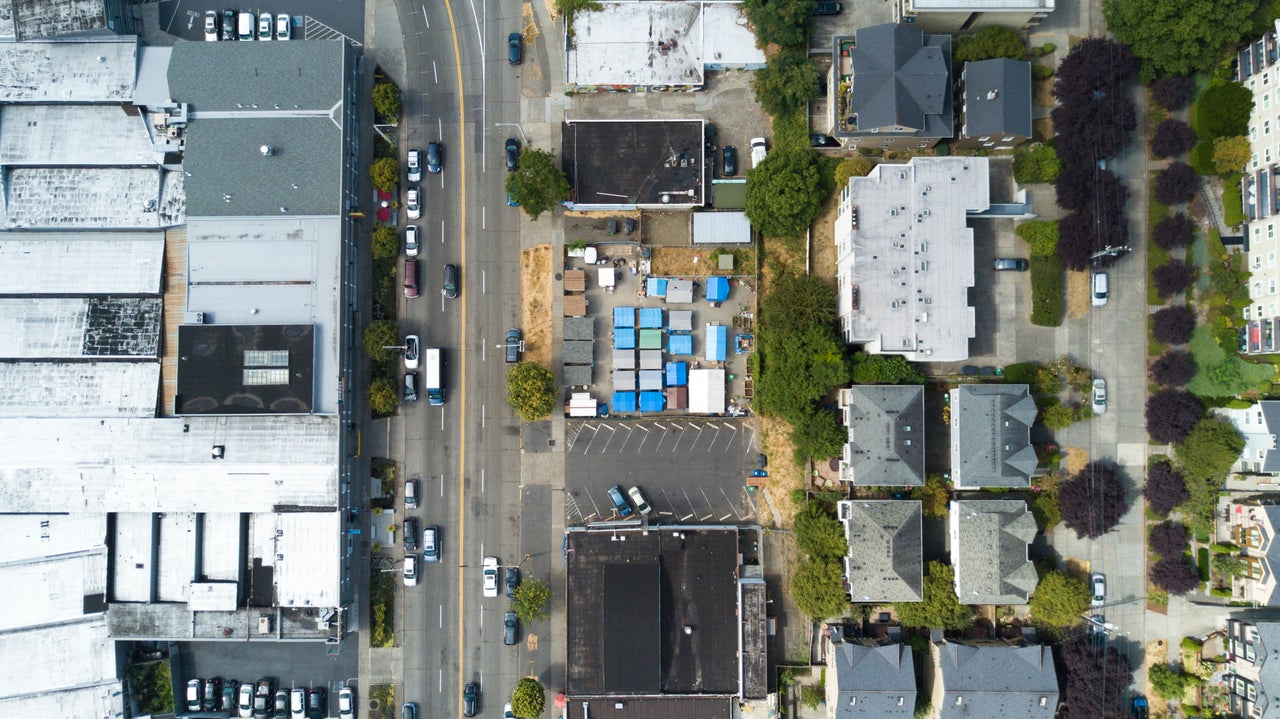
In Detroit, Miller photographed areas surrounding the “Eight Mile Wall” ― a cinderblock wall built in the 1940s to separate existing neighborhoods from empty land, which the Federal Housing Authority would not offer loans to develop unless it was somehow separated from the predominantly black neighborhood beside it.
“I lived in the states until I was 30 and had never heard of this wall,” Miller said. “I have a lot of family there, and no one had ever heard of it. It’s just shocking that it existed.”
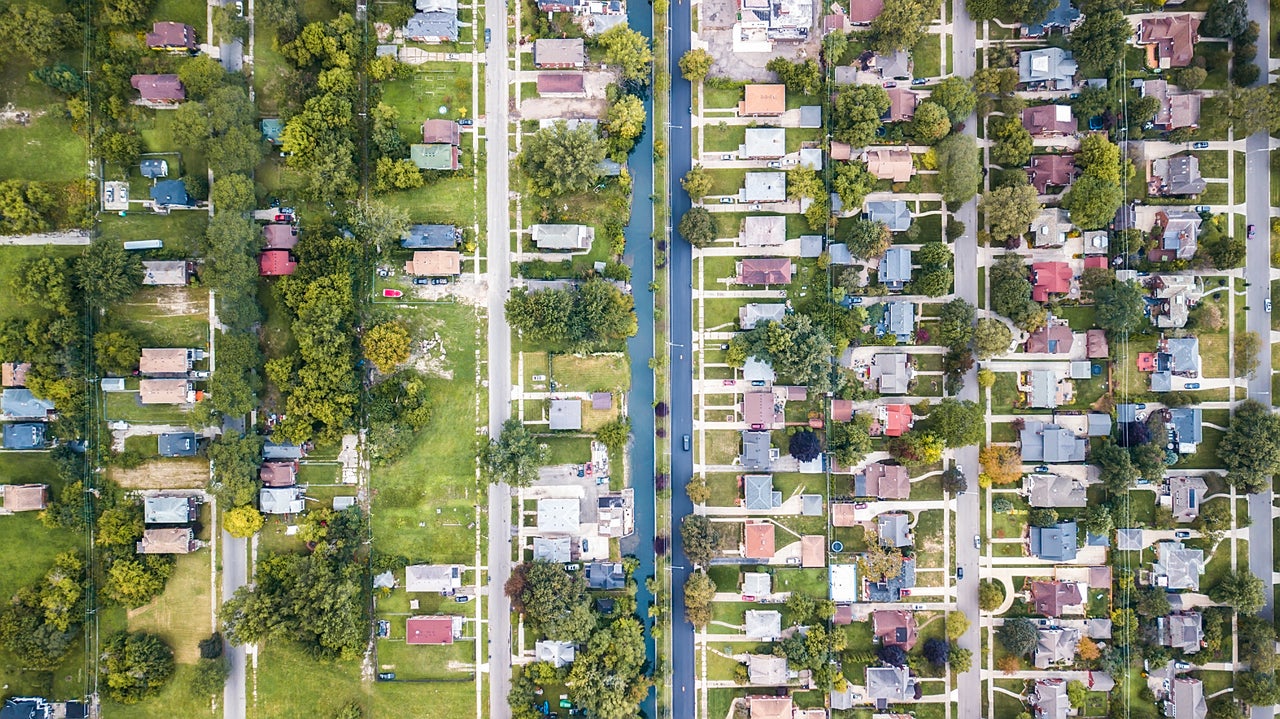
While economic disparities in U.S. cities generally proved more nuanced when viewed from above, Miller said the more striking examples he was able to find made a powerful statement. Whereas in places like Cape Town, people are generally aware of the extent of income inequality, examples of literal dividing lines in America can be more shocking.
“You talk to people in Cape Town and you show them these images and they’re like, ‘Yeah, we know there are slums here.’ Especially the people who live in the slums, this is not news to them,” Miller said. “But my grandma who lives in Detroit who never knew there was a wall that still actually exists there ― she was shocked.”
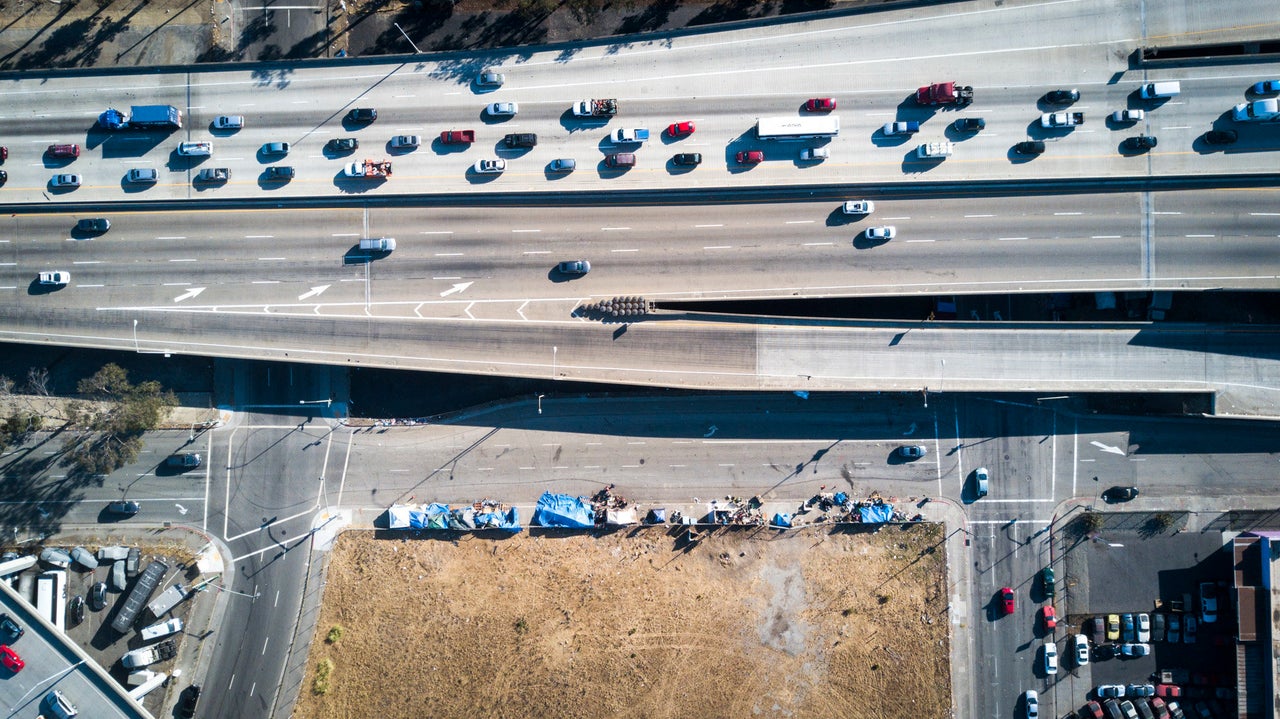
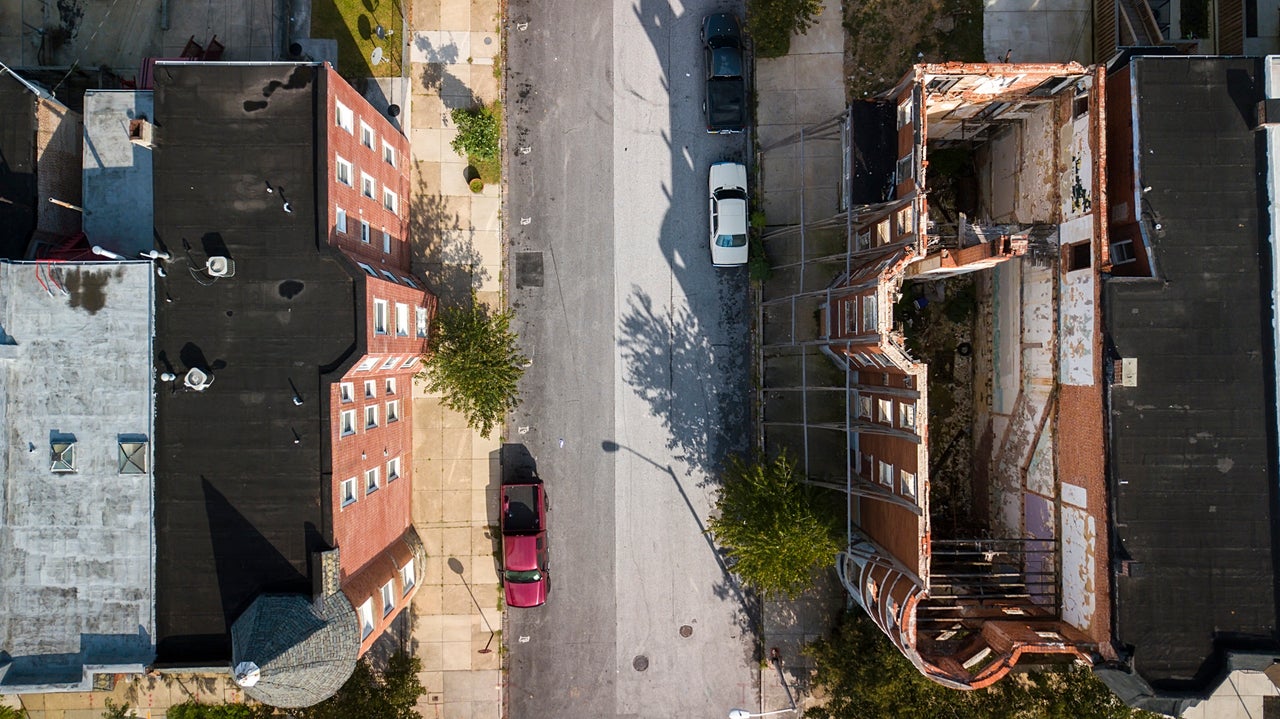
The project had a marked personal effect on Miller, too.
“It’s made me a better listener. It’s made me a lot more humble,” he said. “It’s allowed me a language to be able to talk to people about these issues that I didn’t really have before.”
The process has also made Miller more aware of how his privilege as a white, straight man interacts with and benefits from larger, more systemic forms of privilege.
“I hate to say it but looking back, even two years ago, I was pretty naive,” he said. “I realized I have privilege that other people don’t. But to really go into the details of it and figure out how your privilege affects you relative to other people and considering the power dynamics of countries and cities and infrastructure ― has been a learning experience.”
Now, Miller is passing on the lessons he’s learned about drone photography. He founded the organization africanDRONE to train and equip African drone pilots and photojournalists to use drone technology for good. He is currently an Atlantic Fellow for social and income equity at the London School of Economics.
Photos from the “Unequal Scenes” series have been shared thousands of times on Facebook and Twitter. Miller says he hopes the series has a similar effect on those who view it as it had on him ― especially those who may feel daunted by the idea of meaningfully engaging with global income inequality.
“I think a lot of people are where I was two years ago. They realize something isn’t right, but they’re fearful that they’re going to say the wrong thing, or they don’t have the language to talk about it, or they don’t know how to bridge the gap,” he said. “I wanted to provoke an actual dialogue on the issues themselves, rather than just potential solutions.”
